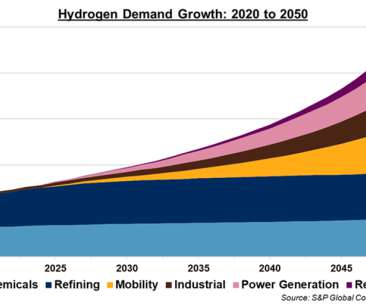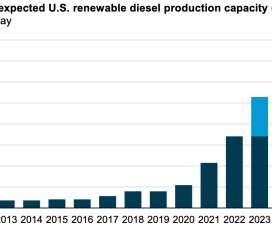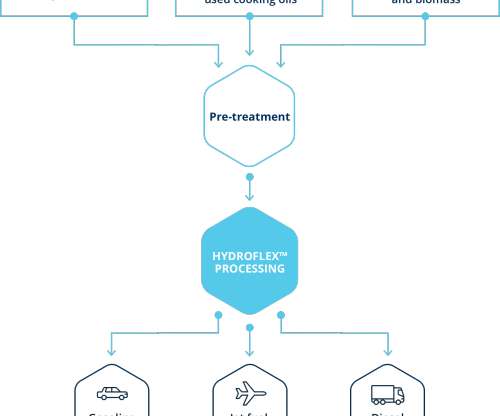Cohort of new stakeholders joins Open Hydrogen Initiative
Green Car Congress
DECEMBER 28, 2022
Hydrogen demand is currently concentrated in oil refining and ammonia production, but nearly 90% of projected demand growth through 2050 comes from new sectors like heavy-duty transportation, steel production, and long-term energy storage. According to S&P Global Commodity Insights’ hydrogen outlook, global hydrogen demand grows from 70.4
























Let's personalize your content